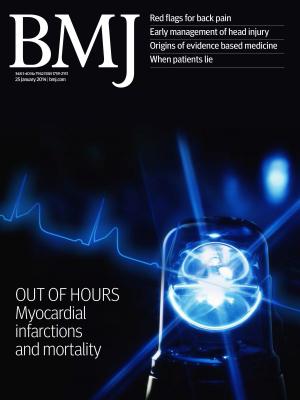
New oral anticoagulants do not differ significantly in safety and efficacy from enoxaparin

New oral anticoagulants do not differ significantly in safety and efficacy from enoxaparin
Dabigatran, rivaroxaban, or apixaban versus enoxaparin for thromboprophylaxis after total hip or knee replacement: systematic review, meta-analysis, and indirect treatment comparisons
BMJ. 2012 Jun 14;344:e3675. doi: 10.1136/bmj.e3675Did you know you're eligible to earn 0.5 CME credits for reading this report? Click Here
Synopsis
A meta-analysis of 16 randomized trials (38747 patients) was conducted to investigate the effects of new oral anticoagulants (rivaroxaban, dabigatran, and apixaban), compared with standard enoxaparin, for prophylaxis against venous thromboembolism after total hip or knee replacement surgery. After investigating relative risks of symptomatic venous thromboembolism, clinically relevant bleeding, and...
To view the full content, login to your account,
or start your 30-day FREE Trial today.
FREE TRIAL
LOGIN
Forgot Password?
Explore some of our unlocked ACE Reports below!

Learn about our AI Driven
High Impact Search Feature
Our AI driven High Impact metric calculates the impact an article will have by considering both the publishing journal and the content of the article itself. Built using the latest advances in natural language processing, OE High Impact predicts an article’s future number of citations better than impact factor alone.
Continue



 LOGIN
LOGIN

Join the Conversation
Please Login or Join to leave comments.